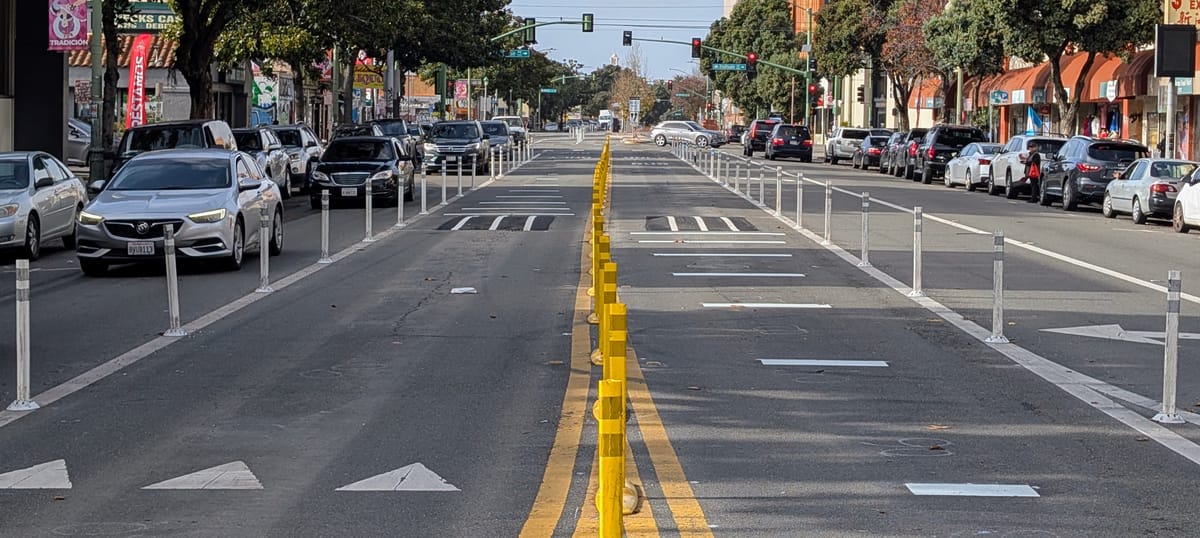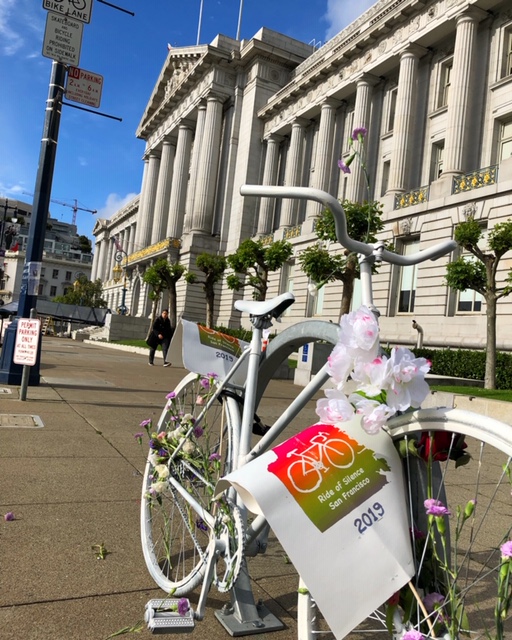 Click to enlarge: A map of Muni lines that displaced BART commuters can consider taking during a strike. Photo courtesy SFMTA.
Click to enlarge: A map of Muni lines that displaced BART commuters can consider taking during a strike. Photo courtesy SFMTA.A BART strike will leave hundreds of thousands of riders in search of an alternate commute on Monday. Since most of the region's largest transit agencies are already operating near capacity during peak hours, new riders - as well as current riders - will have to squeeze onto already-crowded buses and trains.
AC Transit spokesperson Clarence Johnson said the BART strike could be "a real nightmare" for people who need to cross the Bay. Unlike nearly every other agency in the Bay Area, AC Transit does plan to provide some additional service, depending on how many extra buses and drivers are available. Johnson said the agency doesn't have "a whole lot of extra buses" or drivers though, and it won't be adding any new routes to substitute for BART service. Johnson said he isn't sure how long AC Transit could handle the extra strain caused by the BART strike.
While it won't be providing extra service, Muni will prioritize service along routes that duplicate BART service, including the 14 Mission, 49 Van Ness-Mission, J Church, and N Judah (to and from Caltrain at 4th and King.) This will mostly be limited to making sure these lines run on schedule and runs aren't missed, however, so these routes are still likely to be packed.
Caltrain, VTA, Golden Gate Transit, and SamTrans will all operate regular service.
Bicyclists who need to cross into the city from the East Bay may be best off taking a ferry. Most ferry providers will operate additional service, and some already have extra capacity available, so East Bay commuters may want to consider the ferry over other means of travel. AC Transit is also an option for bay-crossing bicyclists, but their buses will likely be full to capacity, and only carry two or four bikes per vehicle (though additional folding bikes are welcome on board if there is space.)
Randy Rentschler, spokesperson for the Metropolitan Transportation Commission, said residents should plan ahead, since the capacity provided by "BART can't be replicated" by other agencies, especially given current budget constraints.
A BART strike will test the region's ingenuity, especially given that BART has 85,000 more daily riders now than it did in 1997, when its last strike occurred. "The people of the Bay Area have shown to be resourceful and resilient," said Rentschler, who also encouraged telecommuting, carpooling and flexible work hours.
If bicycling or walking to work is not an option, we wish you luck navigating a BART-less Bay Area.
511.org has more exhaustive information about each transit agency's plan and other commute options during the strike.
What have we missed? Please add it in the comments section. And how do you plan on getting to work Monday morning without BART?




